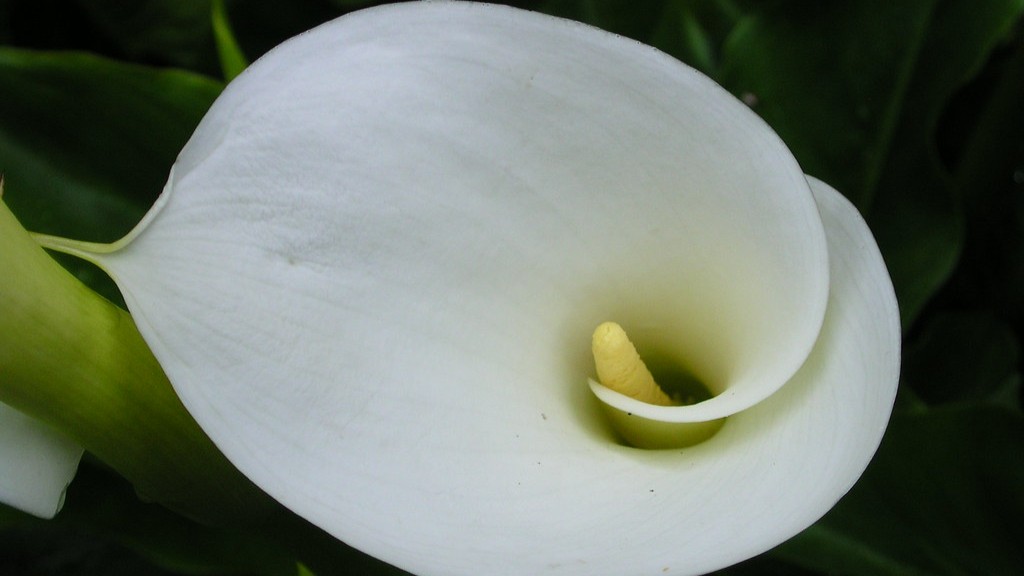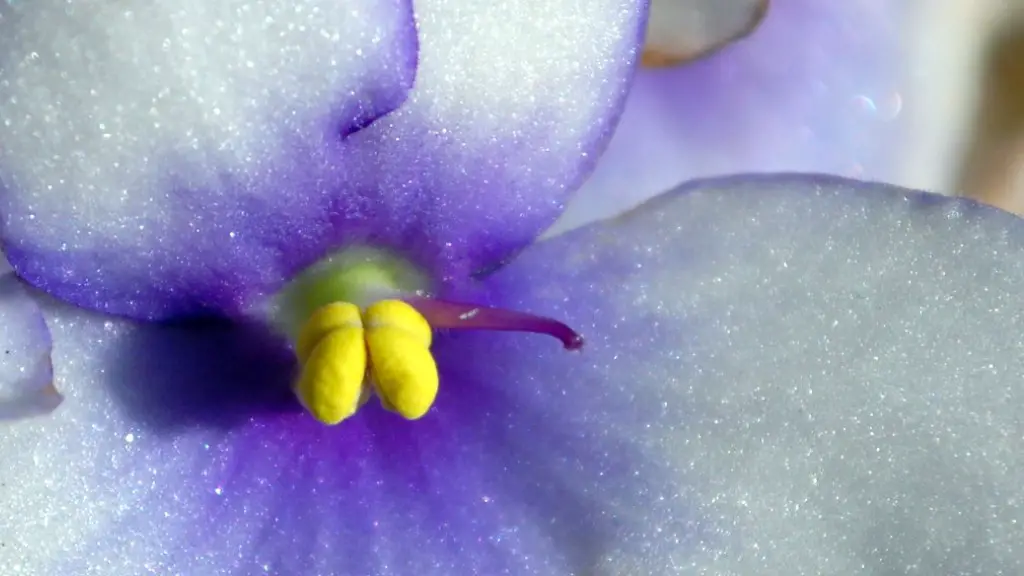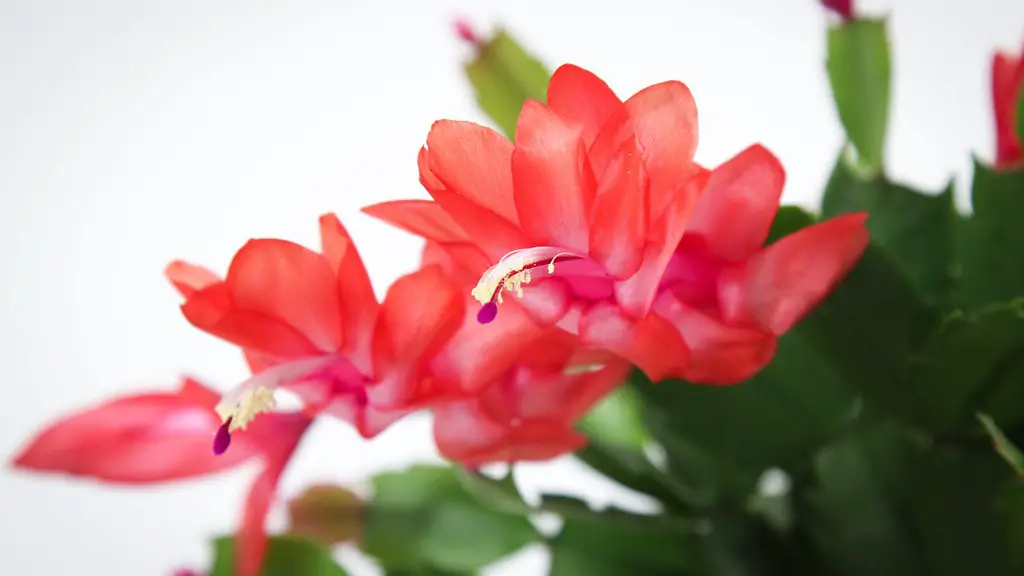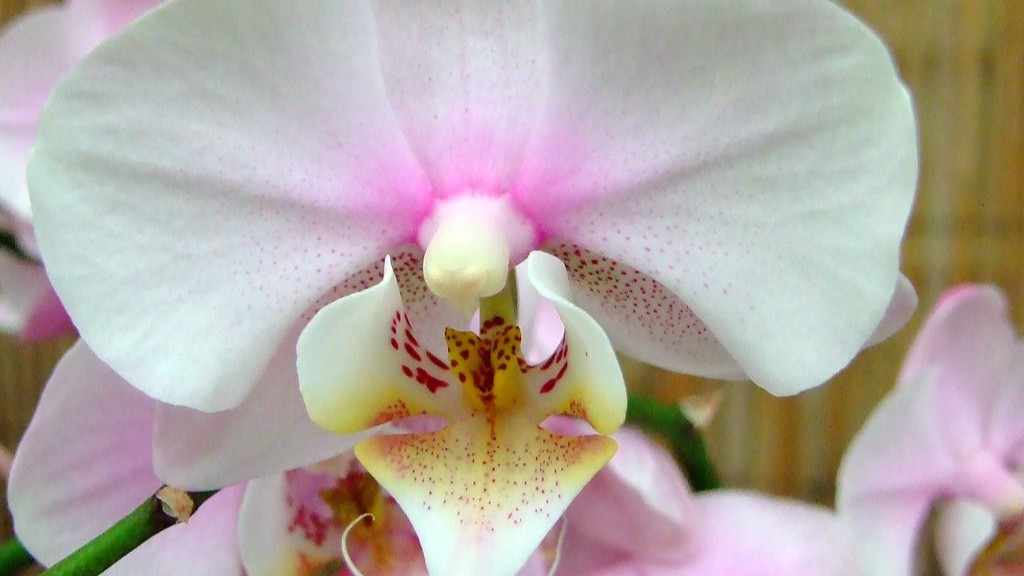Indoor plants can add life and color to any room, and caring for them is easy with a little knowledge. The calla lily is a beautiful, easy-to-care-for plant that is a great choice for indoor gardening. Here are some tips on how to care for your calla lily indoor plant:
1. Bring your calla lily indoors when night temperatures start to regularly dip below 60
2. Water your calla lily deeply, but only when the potting mix is dry to the touch. Allow the water to drain completely.
3. Place your calla lily in a spot with bright, indirect sunlight.
4. Fertilize your calla lily monthly with a balanced, water-soluble fertilizer.
5. Cut back on watering and feeding in the fall as your calla lily enters its dormant period.
Can you keep calla lilies as a houseplant?
The Calla Lily is a beautiful plant that makes a great addition to any home. Although it is an outdoor plant by nature, it can thrive indoors if given the proper care. To keep this rhizome happy indoors, it is important to pay attention to some fundamental growing conditions. The Calla Lily is native to southern Africa, so it is important to provide it with the right amount of sunlight and warmth. It is also important to keep the soil moist but not soggy, as too much water can cause the plant to rot. With proper care, the Calla Lily can be a beautiful and low-maintenance indoor plant.
To ensure your calla lilies look their best, follow these care tips:
-Handle the flowers with care, as their delicate blooms can bruise easily.
-Cut the stems at an angle, and place them in a vase of fresh, cool water.
-Change the water every few days, and recut the stems if necessary.
-Enjoy your calla lilies for 7 to 10 days.
How long do potted calla lilies last
The plant usually blooms for about six weeks during the late spring and early summer but may bloom at any time when indoors. Keeping the plant root bound encourages more flowers.
Calla lilies are a beautiful and popular plant, but they can be finicky when it comes to watering. It’s important not to water your calla lilies too heavily, especially after initially planting them. Once the rhizomes are established, you can water the plants once a week, or more frequently if experiencing especially hot or drought-like conditions.
Why is my indoor calla lily dying?
If you find your calla lilies sitting in puddles or with mushrooms growing beside them, it’s likely that the soil is compacted and draining poorly. This can cause limp stems and root rot, so it’s important to make sure your lilies have good drainage. You can improve drainage by adding organic matter to the soil, or by planting the lilies in raised beds.
If you have a potted calla lily, you can actually save it and it will bloom again next year. Many people treat their calla lilies as annuals, but they are actually perennials. So, if you have a potted calla lily, don’t toss it when the blooms are done. You can actually save it and it will bloom again next year.
What do you do with indoor calla lilies after they bloom?
Once flowering has finished, it is important to continue feeding and watering calla lily for several weeks, still taking care not to over-water. Once the leaves start to die back, potted plants can be brought indoors before the frosts and left in the pot whilst dormant.
Calla lilies need to go dormant after blooming in order to produce flowers the following season. If you are growing them as houseplants, stop watering them and place them in a cool location for two months after they bloom. Start watering them again once they have gone dormant.
How do you winterize indoor calla lilies
Calla lilies are one of the most beautiful flowers that you can have in your garden. They are also one of the most easy to care for flowers. With just a little bit of care, you can have these lovely flowers in your garden year after year. Here are a few tips on how to properly care for your calla lilies during the winter months:
1. After the calla lily rhizomes have dried, place them in a paper bag or wrap them in newspaper.
2. Store them in a cool, dry place, somewhere that stays around 50 F (10 C).
3. Proper calla lily winter care is essential to having these lovely flowers in your garden year after year.
Calla lily plants need well-drained soil to prevent the roots from rotting. Too much moisture can cause the plant to contract diseases and wither the leaves.
Why is my indoor calla lily not flowering?
There are a few potential reasons why your calla lilies are not blooming. One possibility is that there is too much nitrogen in the soil. Calla lilies need moist conditions and a lot of shade to thrive, so too little moisture or too much sunlight could also be to blame. Additionally, calla lilies need a dormancy period of at least 2-3 months in order to bloom correctly. If the foliage is removed too early, the plant will not have enough energy stored to bloom. Finally, incorrect calla lily rhizomes could also be the problem.
If a plant is starting to die back, it is important to cut off all of the dying leaves. This will prevent the plant from spreading disease and will also help it to focus its energies on remaining healthy leaves.
Do calla lilies need misting
Since indoor Calla Lilies prefer average room humidity, it’s important to not let the levels get too high. Poor air circulation can also lead to powdery mildew, so be sure to keep the area well-ventilated. And, of course, avoid misting the flowers as this can cause botrytis petal blight.
You don’t need to regularly prune calla lilies, but you should deadhead the flowers as they wilt. removing parts of the plant shouldn’t kill it.
Why is my calla lily crying?
If you see a plant dripping sap, it is likely because the plant is overwatered. When the roots of a plant are saturated, they can put pressure on the rest of the plant. This pressure can cause the plant to release moisture (and nutrients) in the form of sap. If you want to stop your plant from dripping sap, cut back on watering.
The Calla Lily is a beautiful plant that can be grown both outdoors and indoors. If you’re interested in growing this plant indoors, don’t be afraid to plant it in a container. With proper care, it’s not difficult to grow Calla Lilies successfully indoors. Here are a few simple tips to keep in mind:
• Choose a pot that is slightly larger than the rhizome of the Calla Lily.
• Plant the rhizome in well-draining potting mix.
• Water the plant regularly, keeping the soil moist but not soggy.
• Place the pot in a bright location, but out of direct sunlight.
With a little care, you can enjoy the beauty of Calla Lilies indoors all year round.
Are coffee grounds good for calla lilies
If you notice the leaves on your calla lily plant have very dark tips, it’s an indication that you’re over-fertilizing. Cut back on the fertilizer and add coffee grounds between rounds to encourage growth.Calla lilies like acidic soil, so the coffee grounds will add acidity and help encourage new growth.
Another benefit of growing calla lilies in pots is that in garden beds in their ideal climate callas may naturalize, take over, and even become invasive Container grown callas are restricted to pots and cannot become invasive.
Warp Up
First, find a location in your home with bright, indirect sunlight. Calla lilies thrive in warm temperatures, so avoid placing them near drafts or vents. Next, fill a pot with well-draining potting mix and plant your calla lily at the same depth it was growing in the nursery pot. Water your plant thoroughly and allow the soil to dry out between waterings. Fertilize your calla lily every two to four weeks using a water-soluble fertilizer. Finally, cut off the flower stem once the bloom has faded.
Assuming you would like a conclusion for the above mentioned topic, one could say that overall, taking care of a calla lily indoor plant is not a difficult task. However, there are a few key things to keep in mind, such as providing the plant with plenty of sunlight and water, and making sure the soil is well-drained. By following these simple tips, you can help your calla lily plant thrive indoors.





